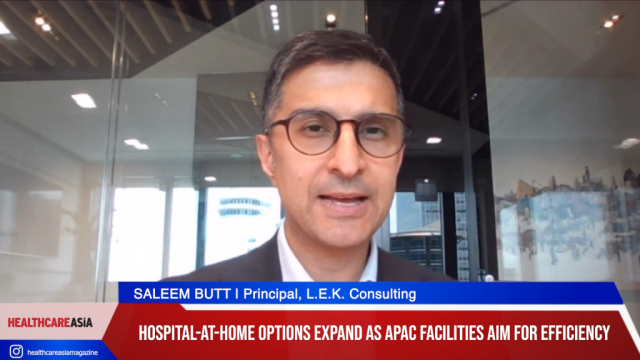
Why it's hard for the Philippines to raise compensation for doctors
Resident private doctors earn as low as US$358 monthly.
It would seem like the apples are not the ones making the doctors go away especially in the case of the Philippines, which has seen an uptrend in doctor migration in the past 10 years. Elvira Dayrit, director for Health Human Resource Development Bureau (HHRDB) of the Department of Health (DOH), notes that the government has set up a plan to mitigate the dearth of doctors the country is currently facing.
Citing data from the Commission on Filipinos Overseas, Dayrit notes that the cumulative migration of doctors has been steadily increasing since 2005 when a total of 297 doctors migrated. By 2015, CFO recorded 3,082 doctors who took the flight abroad. Dayrit pointed out that this has led to the country being the second top exporter of doctors next to India.
“Our strength is that we really have good quality doctors who can speak English and with good rapport,” she says. However, looking at how this affects the Philippines, the prospect is not quite healthy. Referring to a 2007 data, Dayrit reveals that seven of 10 deaths were not attended by medical authorities. The trend was prevalent in all other provinces outside the National Capital Region. And although she stressed that this was already reduced to 4 in 10 deaths, the trend remains alarming.
Doctors fleeing
The migration of doctors may very well be due to the low compensation they are getting, Dayrit argues. According to data from HHRDB, resident private doctors earn as low as US$358 monthly. A medical assistant in the US earns up to US$59,317 per year, compared to around US$4,151 annually for a local private physician. “Can we blame them from running away?” Dayrit asks. She stresses that the blame could not be thrown at the Department of Foreign Affairs for not limiting immigration of health workers.
“The DFA does not want to limit immigration of health workforce because it brings in money to the country. In general, we do not want to limit migration and mobility,” she argued. Given that the government could not control the migration of doctors, Dayrit said that there should be controls embedded in the code of practice instead. One solution is the utilisation of nurses, which the Philippines have a supply glut of. “Only half of nurses pass the exams. The government is now thinking of using nurses in doing other tasks,” she says.























 Advertise
Advertise







